Telemetry and the Formula One
For the large installed client base of Oriel Systems (http://www.orielsystems.com), the benefits of remote monitoring systems, both in a more general sense and in ways more directly applicable to their highly specialised industries, are clear. There is, however, another less everyday setting in which telemetry solutions have long proved their worth to the end of delivering world-leading performance – with the results regularly being shown live on TV to millions upon millions of viewers worldwide. That setting is, of course, the Formula One paddock.
Formula One has long been a bastion of high technology, and amid the intense competition both on and off the circuit, it shouldn’t be a surprise that race engineers take advantage of every resource available to properly tune these highly-sprung and delicate vehicles. Whether during a test or race, engineers throughout motor racing have long sought data that they can interpret, and in Formula One, the sophistication of current telemetry systems are such that the car’s potential lap time can be calculated, giving the driver a benchmark to meet.
Temperature readings, suspension displacement and wheel speed, as well as accelerations (G forces) in 3 axes, are all measurements that can be made on a racing car via a remote data acquisition system. In Formula One, driver input can also be recorded for the assessment of driver performance, as well as so that in the event of an accident, the sport’s governing body, the FIA can determine whether or not driver error was at fault. A more recent development was two-way telemetry that enabled a car’s calibrations to be updated by engineers in real time, even when the car was out on track. Having first appeared in Formula One in the early 1990s, two-way telemetry was banned from Formula One by the FIA ahead of the 2003 season.
Most viewers of the on-track action around the world are, of course, oblivious to the intricacies of telemetry solutions and their influence on the outcome of a race, although they do have a highly visible physical presence in the form of the engineers who are constantly hunched behind screens, using the sourced data to interpret their car’s every move. These engineers are in many ways the unsung heroes of the sport, as they spend hour after hour dutifully behind screens on the pit wall, in the garage, inside the paddock engineering truck and even back at the team’s headquarters, many of them never to be seen at the podium celebrations as their triumphant driver douses himself in champagne.
The focus of these engineers may be on the car’s speed, or instead on its reliability. Whatever their exact responsibilities, they depend on the most accurate and sundry data, delivered to them by technology with much in common with that used by Oriel Systems’ (http://www.orielsystems.com) loyal clients. The company’s technical team happy to devise the right inventory monitoring solution in response to even the most specialised of requirements in the oil and gas, chemical, water and printing industries.
Case studies
Don't just take our word for it, have a look at the our previous studies from a long list of prestigious clients.
Distillery Tank Level Monitoring System
Oriel Systems was asked to provide a tank level monitoring system for a leading distillery in Scotland. The system was … Continue reading Distillery Tank Monitoring

Environmental Monitoring System
Oriel Systems were asked to implement a standalone monitoring and control telemetry system for a global leader in dairy products. … Continue reading Environmental Monitoring System

Internal Drainage Board
The Challenge was to provide remote monitoring of water levels and machinery/ pumping equipment as well as fault alert and … Continue reading Internal Drainage Board


 01249 705070
01249 705070